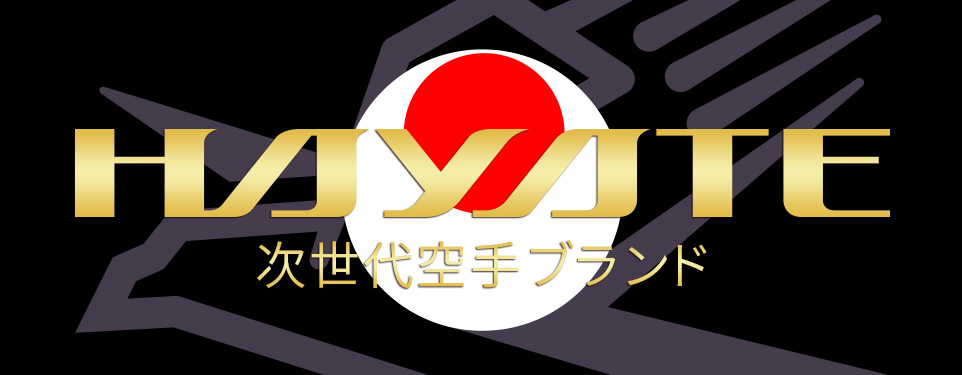6: Kata Has Deep Underlying Meanings【Kusahara Katsuhide, Chairman of JKA 】
Karate kata consists of a series of movements derived from techniques that originated in China and developed as empty-hand fighting in Okinawa. In this respect, the seemingly same kata may be very different when they do not assume the presence of an opponent and rather compete in an artistic expression such as accuracy and difficulty of techniques or aesthetic expression through single body movements as in gymnastics or figure skating.
Karate kata is also different from kendo and judo kata, which are also martial arts. Kendo and judo kata are a collection of offensive and defensive movements that are limited in number. On the other hand, karate kata combines a myriad of techniques into a story with a sequence of development and conclusion. Each movement that makes up a karate kata has a deep meaning as an offensive or defensive skill. As a result, karate kata is the most effective way to kill from a martial arts perspective and the most beautiful from an aesthetic perspective.
Karate kata is unique in that it expresses the significance of the techniques. The movements of kata are filled with the profound charm of karate. Therefore, the greatest pleasure of karate lies in appreciating the depth of these movements.
How did such kata come to be created? One possibility is that in karate, it was difficult to explain all the movements in a written form and to pass them on as a technique. Therefore, a method was devised to combine a series of essential moves into a single story, which could be passed on to future generations as a teaching tool. In other words, karate-do is what it is today because of kata.
Some kata include blocking techniques that neutralize the opponent’s attacks, while others are offensive techniques that knock the opponent down with a single blow. Therefore, when performing kata, it is crucial to always be aware of the hypothetical opponent and to subtly adjust one’s moves, distance, and timing accordingly to execute the techniques. In this sense, kata and kumite should be practiced as one, not as two separate disciplines. In other words, kata and kumite are like the two wheels of a car. That is why it is important to challenge both kata and kumite in karate practice without neglecting either.
However, the fact that kata and kumite are inseparable does not mean that kumite matches must always follow the kata. You must be flexible and adaptive to your opponent’s movements in an actual combat. For instance, in the same technique, the timing, angle and speed of your thrusts and kicks, and even the point at which you make kime may vary, depending on whether your opponent is bigger or smaller than you. This is what the saying precisely means in the Twenty Guiding Principles of Karate: “Perform kata exactly; actual combat is another matter.”





